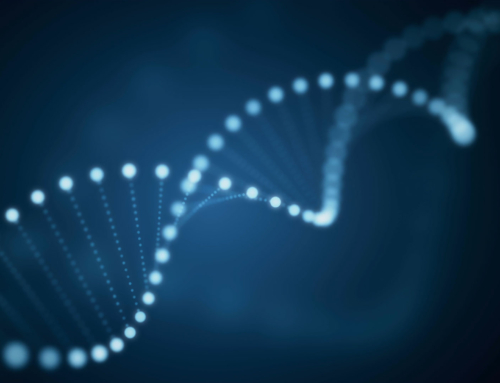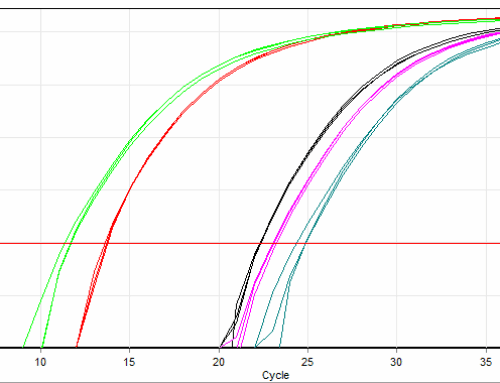RNA extraction methods
While it isn’t glamorous or exciting RNA extraction is a crucial process in the success of molecular biology projects, with several methods available to isolate RNA from various samples. The most common techniques include:
Organic Extraction Methods
The guanidium-acid-phenol extraction, also known as the phenol-chloroform method, is considered the gold standard for RNA preparation[1][2]. This liquid-liquid extraction technique involves:
- Homogenizing the sample in a phenol-containing solution
- Centrifuging to separate the sample into three phases
- Recovering RNA from the upper aqueous phase
- Precipitating RNA using alcohol
Benefits:
- Rapid denaturation of nucleases and RNA stabilization
- Scalable format
- Often higher RNA recovery compared to other methods[1][2]
Drawbacks:
- Use of hazardous organic reagents
- Labor-intensive and difficult to automate
- Potential for leftover chemicals to inhibit downstream applications[2][3]
Spin Column-Based Methods
This solid-phase extraction technique uses membranes (usually silica-based) to bind and isolate RNA[2][4].
Process:
- Lyse samples in a buffer containing RNase inhibitors
- Pass lysate through the membrane using centrifugal force
- Wash the membrane to remove impurities
- Elute RNA with RNase-free water
Advantages:
- Convenient and easy to use
- Suitable for single-sample and 96-well processing
- Amenable to automation[2]
Disadvantages:
- May clog with particulate material
- Fixed binding capacity
- Can retain large nucleic acids like genomic DNA[2]
Magnetic Particle Extraction
This method uses paramagnetic beads coated with silica to bind RNA molecules[4].
Steps:
- Lyse cells in a buffer with RNase inhibitors
- Incubate with magnetic beads to bind RNA
- Apply a magnetic field to separate RNA-bound beads
- Wash and elute RNA
Advantages:
- Efficient for sequence-specific RNA extraction
- Compatible with automation
- Suitable for various sample types[4][5]
When choosing an RNA extraction method, consider factors such as sample type, downstream applications, and available resources. Each technique has its own strengths and limitations, making it important to select the most appropriate method for your specific research needs.
The staff at ARQ Genetics has long experience in all of the above methods and are happy to assist you with extracting lab-ready RNA from your samples. If you have any questions, please get in touch today!
If you have a large volume of samples or need even more-rapid turnaround than our fast times, we are pleased to announce a partnership with the good people at Autogen, who are not only experts in all things RNA extraction, but can also provide reagents and instrumentation designed specifically for extracting top quality RNA from even difficult samples. Check them out today at

⁂
- https://www.mpbio.com/uk/the-basics-of-rna-extraction
- https://www.thermofisher.com/us/en/home/references/ambion-tech-support/rna-isolation/general-articles/the-basics-rna-isolation.html
- https://pmc.ncbi.nlm.nih.gov/articles/PMC5503482/
- https://lifescience.roche.com/global/en/article-listing/article/the-top-pros-and-cons-of-different-rna-extraction-methods.html
- https://www.thermofisher.com/us/en/home/life-science/dna-rna-purification-analysis/rna-extraction/rna-types.html





